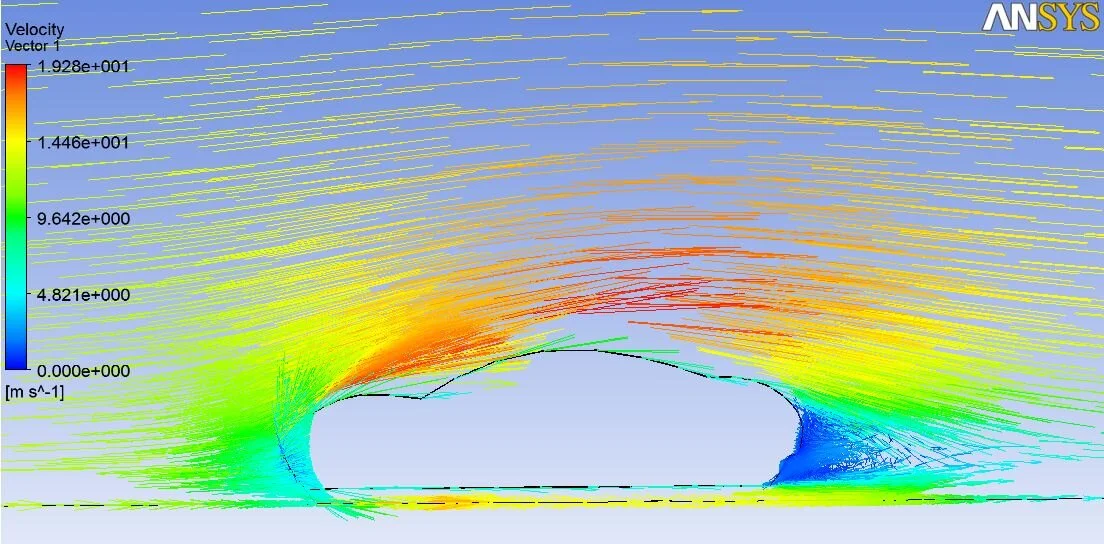In a team of 4, we developed a comprehensive CAD model of a radio control race car in Siemens NX environment and performed various types of engineering analysis to evaluate and optimize its performance. As the modelling lead of the team, I also had the administrative responsibility of managing CAD file handling between the members, and I strategized the sub-system division so that we can properly allocate our limited resources. For the chassis, we utilized top-down design principle, where the geometries and sizes of lower-level components or sub-assemblies are driven by their pre-defined relationship with the high-level master assembly file. With meticulous consideration, I created the master assembly file and passed down critical design parameters, reference planes, and key sketches from it to the rest of the members; thereby we could all perform modelling and analysis works in parallel without creating any conflict in the overall model. The resultant car assembly consists of more than 100 individual components (including off-the-shelf components like gears, motor, battery and electronic speed controller). Furthermore, we designed the components with different fabrication technique in mind, which ranges from injection-molded ABS plastic, CNC-routered carbon fibre plates and aluminum plates, and 3D-printed and vacuum-formed body shell.
Radio Control Race Car
The CAD model of the chassis is created using top-down design principle, which hugely facilitated team modelling activities. Dimensions of key components are also parametrically driven so that the entire car model could automatically adjust itself to a new configuration when new size and shape parameters are entered.
Sketches on Paper to CAD Model
The original car body design is first sketched on paper and then turned into CAD model using freeform surface technique. Its opaque structure is designed for 3D printing. The translucent parts like wind shields and lamps are planned to be vacuum formed.
Computational Fluid Dynamics Simulation of Car Body
The car body model was imported to ANSYS for computational fluid dynamics (CFD) simulation. By iteratively tweaking the body shape and performing the simulation, we gradually lower the drag coefficient of the car body shell.
Topology Optimization and Finite Element Analysis of Chassis Components
To make the best use of material at the chassis, we utilized Altair Hyperworks software to optimize the topology of many key structural components. Topology optimization is a mathematical method that computes the best geometric layout within a given design space, for a given set of loads and boundary conditions, and constraints with the goal of maximizing a specified physical property, such as stiffness-to-weight ratio. Essentially, the program provides a map of where ‘lazy’ material lies within the workspace and allows us to create a vastly improved component in CAD by referring to it.
Topology optimization could result in geometries that are difficult or impossible to fabricate, since it does not factor in manufacturability. Thus we need to make reasonable adjustments or compromises when creating CAD part models from optimization results.
Using the built-in finite element analysis tool in NX, we carefully verify the performance of structural components created using information generated by topology-optimization.
Motion Analysis of Chassis Sub-Assemblies
Several sub-assemblies at the chassis involves dynamic movement as the car operates, such as the suspension and the Ackermann steering mechanism. These sub-assemblies are thoroughly studied using motion analysis in NX to verify their articulations meet our design intent. Moreover, we also pay close attention to ensure proper power transmission and collision-free movement throughout the ranges of motion.













